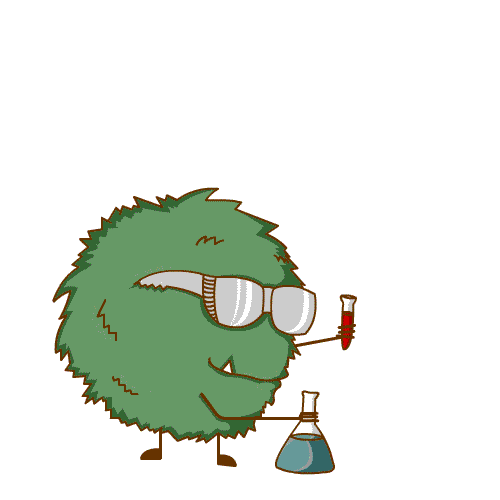
Yesterday, I explained how viruses work and used HIV as an example. So of course I’m going to explain a bit more about this specific virus today.
Short summary of the stuff that should be generally known: HIV is transmitted via blood or other bodily fluids (even breastmilk!). In spit, the virus concentration is usually so low that it’s not dangerous. If the HI-virus is not suppressed with medication, AIDS (Acquired Immune Deficiency Syndrome) is the result. It’s not the HI-virus that kills you, it’s the fact that your immune system breaks down and everything else kills you. @suesa
Before there was HIV (Human Immunodeficiency Virus), there was SIV (Simian Immunodeficiency Virus), which appeared in monkeys and apes. Humans ate those animals and while slaughtering them probably came in contact with their blood.
The SIV virus found itself in a foreign environment. The “choice” it had was to adapt or to die. In two cases, it adapted, giving us HIV-1 (derived from SIVcpz, usually found in chimpanzees) and HIV-2 (derived from SIVsm, usually found in mangabeys). The viruses changed enough to survive in a human body and attach to human T-lymphocytes.
Once the virus has entered the cell, it integrates its own genome into the cell’s genome. This means that the cell can never be free of this virus again. So medication has to either prevent the virus from entering or prevent the virus from replicating once it has entered the cell.
Current therapies are trying exactly that. Some block the virus from entering the cell, some block its ability to translate the viral RNA into DNA, preventing it from integrating its genetic material into the host. Some block other important parts of the virus’ reproduction cycle.
The medication we already have is pretty effective already and people who have access to it can live a normal life, as long as they take their medications exactly as they’re told. HIV cannot be cured (yet), only be treated.
The virus mutates quickly, very quickly because it has no enzyme which corrects mistakes made in the replication of its genome (we have such an enzyme, making mutations less likely). The result is a virus that constantly changes its shape and constantly manages to avoid being neutralized by medication. It’s an ongoing battle.
HIV positive patients are usually given more than one kind of medication as a reaction to the frequent changes. If there was only one medication, several resistant mutant viruses would survive and spread. But attack the virus in two more ways and the mutation usually can’t happen fast enough.
But what about people who don’t have access? Well, they keep dying. About 8000 people every day.
What can we do about that? Not much. Those deaths happen mostly in poor countries where people don’t have access to or can’t afford healthcare. Prevention is in their case easier than treatment. But still not easy enough.
Even in richer countries, people aren’t as scared of HIV and AIDS anymore as they used to be. Sex without condoms has become more frequent because people forget that a condom doesn’t only protect you from becoming pregnant.
The anti baby pill will not protect you from HIV!
So people, everyone, be careful. HIV can be treated but a cure is still in the future.
Sources:
Lecture “HIV – AIDS” by Sigrun Smola
Scribbles by me, picture was taken from pixabay.com
Got a scientific topic which you want to see as a story? Leave me a comment!
You want to support scientists on Steemit? You are a scientist on Steemit? Join the #steemSTEM channel on steemit.chat and connect with us!
STEM is an acronym for Science, Technology, Engineering and Math

